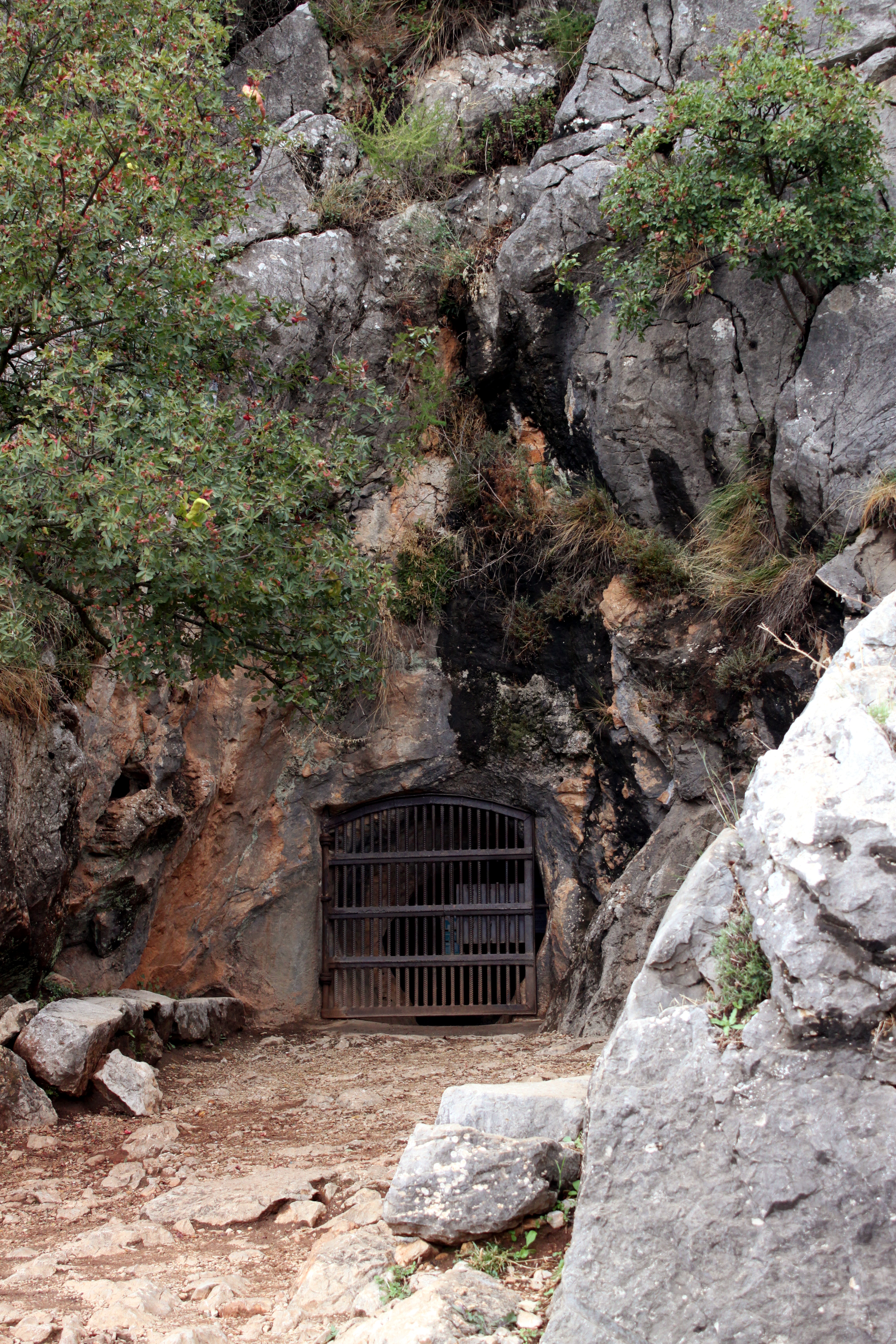Benaoján on:
[Wikipedia]
[Google]
[Amazon]
Benaoján () is a town and municipality in the

province of Málaga
The province of Málaga ( ) is located in Andalusia, Spain. It is bordered by the Mediterranean Sea to the south and by the provinces of Cádiz to the west, Seville to the northwest, Córdoba to the north, and Granada to the east.
The province ...
, part of the autonomous community
The autonomous communities () are the first-level administrative divisions of Spain, created in accordance with the Spanish Constitution of 1978, with the aim of guaranteeing limited autonomy to the nationalities and regions that make up Sp ...
of Andalusia
Andalusia ( , ; , ) is the southernmost autonomous communities of Spain, autonomous community in Peninsular Spain, located in the south of the Iberian Peninsula, in southwestern Europe. It is the most populous and the second-largest autonomou ...
in southern Spain
Spain, or the Kingdom of Spain, is a country in Southern Europe, Southern and Western Europe with territories in North Africa. Featuring the Punta de Tarifa, southernmost point of continental Europe, it is the largest country in Southern Eur ...
. It is located within the Sierra de Grazalema Natural Park. Its surface area is 32 km2. The municipality is situated approximately 17 kilometers from Ronda
Ronda () is a Municipalities in Spain, municipality of Spain belonging to the province of Málaga, within the autonomous community of Andalusia.
Its population is about 35,000. Ronda is known for its cliffside location and a deep canyon that ca ...
and 116 km from the capital of the province. It is situated at an altitude of 524 meters. Its inhabitants are called ''benaojanos''.
Its name is of Arab
Arabs (, , ; , , ) are an ethnic group mainly inhabiting the Arab world in West Asia and North Africa. A significant Arab diaspora is present in various parts of the world.
Arabs have been in the Fertile Crescent for thousands of years ...
origin. Some believe it means children of Oján, from the Berber tribe, and others think "home of the baker."
Geography
The municipality has two towns: Benaoján and Benaoján Station, the first being the center. It has a population of 1,683 people. It has a population density of 50.37 inhabitants/km2. The topography is very rugged karst mountains highlighting the two major geological formations: the Hundidero-Gato system and Cave of the Bathing Pool, of great importance for its prehistoric paintings dating from theUpper Paleolithic
The Upper Paleolithic (or Upper Palaeolithic) is the third and last subdivision of the Paleolithic or Old Stone Age. Very broadly, it dates to between 50,000 and 12,000 years ago (the beginning of the Holocene), according to some theories ...
, for which it has been declared National Monument of Rock Art. Also, there are other geological cavities of importance scattered throughout the municipality.
It is uneven terrain because of the mountain ranges of Montalate and Líbar and drained by the Guadiaro river. It is highlighted by its oaks, pastures rainfed by the Mediterranean and sheep industry. Its cuisine is highlighted by the sausages and other pork products and dried fruits (especially almonds).
It is also the exact Antipode of the suburb of Browns Bay in Auckland
Auckland ( ; ) is a large metropolitan city in the North Island of New Zealand. It has an urban population of about It is located in the greater Auckland Region, the area governed by Auckland Council, which includes outlying rural areas and ...
, New Zealand
New Zealand () is an island country in the southwestern Pacific Ocean. It consists of two main landmasses—the North Island () and the South Island ()—and List of islands of New Zealand, over 600 smaller islands. It is the List of isla ...
.
History
The first evidence of settlement in the land of the current municipality of Benaoján dating back some 250,000 years ago, whenHomo heidelbergensis
''Homo heidelbergensis'' is a species of archaic human from the Middle Pleistocene of Europe and Africa, as well as potentially Asia depending on the taxonomic convention used. The species-level classification of ''Homo'' during the Middle Pleis ...
groups using transverse valleys of the Sierra Bética moved between coastal and inland Andalucia. Later the Neantherthal man populated these mountains.
Some 27,000 years ago Homo sapiens arrived. They were living for more than 20,000 years in the Cave of the Bathing Pool, whose walls would contain hundreds of pictorial representations of The Pool, one of the caves with the most important rock art.
When the last ice age ended 10,000 years ago, the fauna of large mammals that inhabited these lands changed which changed the climate as well, which in turn made man's lifestyle change.

Sister cities
*Knittlingen
Knittlingen is a town in the Enz district in Baden-Württemberg in southern Germany.
It lies at the eastern edge of the Kraichgau in the centre of a rectangle that is formed by Heidelberg, Karlsruhe, Heilbronn, and Stuttgart.
The centre of K ...
(Germany
Germany, officially the Federal Republic of Germany, is a country in Central Europe. It lies between the Baltic Sea and the North Sea to the north and the Alps to the south. Its sixteen States of Germany, constituent states have a total popu ...
)See also
* List of municipalities in MálagaReferences
{{DEFAULTSORT:Benaojan Municipalities in the Province of Málaga